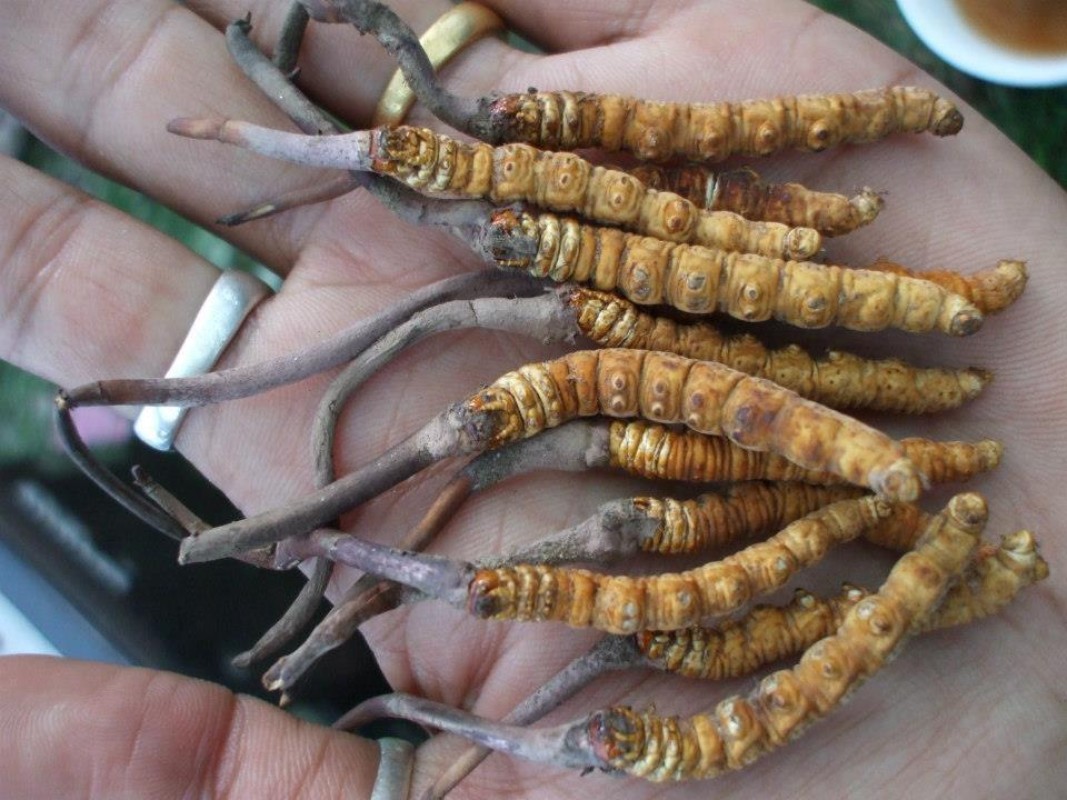
Caterpillar / Yarsagumba
Yarsagumba (short name yarsa) is a rare combined species of flora and fauna found in the Himalaya between 3800m and 5000m during late spring season (late April-late June) which is the most precious gift of nature for locals to uplift their livelihood. Yarsagomba means ‘winter caterpillar and summer mushroom’ locally known as kira (worm). Tiny mushroom is grown up to about 6cm from the head of the caterpillar. The shoot is mushroom and root is caterpillar. Due to mushroom the caterpillar can not crawl this time. If it is not harvested timely it disappears till another season. According to researchers, entomopathogenic fungus named cordyceps sinensis parasitises the caterpillar. From the head of the tiny corpse caterpillar, a dark gray stalk like mushroom grows out of the ground. The root is main part of the species but shoot is also harvested together.
Socio economic aspect of Yarsagumba
This species is found in the entire Himalaya region but high quality remains on that are grown up in the southern face of the Himalayan valleys. The yarsagumba grown up in Dolpo, Darchula and Rukum area are considered higher quality. The special regions fall under particular societies. During harvesting season, few honest locals are hired to guard the region to protect them from illegal harvesters. All the villagers lock their house and migrate to these areas for about two months to harvest it. Even most of the officials of the region also visit the harvesting area. No any house, shop and school of the region seem open in the village during this season. People from different parts of the country also go there to harvest it but most of the people from low land suffer from altitude sickness. We see interesting crowds of people and large area of hundreds of camps in Himalayan isolated valleys and meadows for harvesting yarsagumba during this time. Every morning people scattered in the alpine meadows everywhere and return to the camp in the evening. This tiny mushroom is seen while looking from side ways. So the children with fresh eye sights can find it more in quantity. Sometimes, even a single child can collect a kilogram or more in a season. Almost all plants in the Himalaya have medicinal properties and are sold in good price but yarsagumba has become a main source of income for livelihood of the locals.
Local businessmen settle there their shop with all necessary food items and warm clothes. When the yarsa collectors are out of food and need warm clothes they exchange yarsagumba with the required items. Such way, the businessmen grab yarsagumba in cheap price. Tibetan Khampa businessmen buy most yarsagomba on the spot from local businessmen in cheap price. These days, Singaporean businessmen also visit Nepal. They charter helicopters and go to the local businessmen to buy yarsagumba. The local market price per kilogram yarsagumba is about US$9,000 to $30,000 depending on quality and demand but in China, it is about $60,000 to $110,000 per kilogram. Depending on size and quality, there may be 4500 to 6000 pieces yarsagumba in a kilogram. In the community, yarsagumba is exchanged with yak, sheep, goat, horse, food items, clothes and other items required in regular life. It is the Himalayan Gold - the most expensive herb found in the Himalaya so far. We do not know its particular usage but locally it is used as a medicine cured for cancer, cough and weakness. It is much widely known as natural Viagra. In China, it is said that it boosts energy and stamina, and cures all illness. In fact, it definitely must be very special medicine that cures critical illness.
Tourists and researchers in Yarsagumba Expeditions
Some tourists also visit these yarsagumba harvesting expeditions to explore and experience its socio economic aspect. There is formal practice to harvest this special species. It needs special permission to harvest yarsagumba from local authority. Tourists can buy few pieces on the spot just to consume locally but it is illegal to harvest or take with them. Some scientists around the globe, have focused their studies on this to know its biological feature. Monsoon in Nepal is generally starts in mid June but it is hard to predict it. Sometimes, pre monsoon starts on May, so it is good to start the trip in late April however it is better to be prepared with rain gear.
(Average hike 6-7 hours a day)
Day 01: Arrive Pokhara (820m), hotel
Arrive Pokhara, after customs formality, meet the local assistant, transfer to hotel. You see numerous majestic peaks in Annapurna and Dhaulagiri range. Preparation for the trip. Dinner and overnight.
Day 02: Drive to Burtibang (1100m), hotel
After breakfast, visit Bindhyabasini Temple complex on the way, drive to Burtibang through farmlands, river valleys, hills and hillocks, traditional villages and towns. You see magical view of Manaslu, Annapurna and Dhaulagiri range on the way to Kande in Pokhara valley. You see classic culture and typical lifestyle of locals along the road. Lunch on the way. Arrive Burtibang, check in hotel, explore lifestyle in the town. Dinner and overnight.
Day 03: Drive to Taksera (2200m), camp
Have breakfast, drive to Kakri along Mid Hill Highway, explore beautiful traditional village and typical lifestyle of Magar tribes, leave the highway, drive to Taksera in Uttar Ganga River valley. Have lunch then explore beautiful villages and classic tribal culture and lifestyle in the afternoon. However most of the people of the village might have already left for yarshagumba harvesting. Dinner and overnight.
Day 04: Taksera - Maikot (2230m), trek started, camp
After having breakfast, we release the jeeps, meet the local crew and donkeys, start trekking. This entire region is the kingdom of Magar tribes. Hike to Maikot, the another traditional village of Magar tribes. You see typical lifestyle of Magar tribes along the trail but most of the villages might have less activities due to yarsagumba harvesting season. Arrive the village, lunch may be in Hukam or late lunch in camp. Explore the traditional village and lifestyle in the afternoon. Dinner and overnight.
Day 05: Maikot - Dhule (3410m), camp
After breakfast, hike to Dhule through beautiful lush green valleys and forests. Arrive the camp, relax and enjoy the pristine nature. Dinner and overnight.
Day 06: Dhule - Pupal Phedi (3450m), camp
Have breakfast, hike to Pupal Phedi in the lap of Dogari and Sisne Himal west of Dhaulagiri. You may see red panda and blue sheep along the trail and also see many people going up to collect yarsagumba. You will have their camps on the way. Have lunch on the way or in camp. Enjoy the nature and lifestyle of locals there. Dinner and overnight.
Day 07: Pupal Phedi - Pupal Patan (4500m), camp
After having breakfast, hike to beautiful Pupal Daha (lake) and the heart alluring alpine meadows where you see hundreds of yarsagumba harvesters and their camps in the lap of Churen and Putha Himal just west of Dhaulagiri range. Have lunch, explore their typical lifestyle of yarsagumba collectors. Dinner and overnight.
Day 08-09: Explore yarsagumba harvesting camps and expeditions, camp
The days are dedicated to explore and experience the interesting socio economic event of harvesting the most precious rare Himalayan herb yarsagumba -half mushroom and half caterpillar. The root is caterpillar and the shoot is mushroom which is combinedly called yarsagumba and locally known as kira (worm). You see many locals and outsiders including some officials in the camps and socio economic aspect. You can join them while they go for harvesting the yarsagumba in the higher valleys. You can see majestic peaks in the Dhaulagiri, Churen, Putha and Kanjorowa range. You may not expect the rare Himalayan wildlife during this time because of the high flow of people in their territory. Everyday, they start interesting expeditions to different valleys in alpine meadows, harvest yarsagumba and return to the camp in the evening. Due to the high flow of harvesters, the fungus is affected and yarsagumba crop may not be good as expected. It is the most important socio cultural event in the Himalaya region. You may see some lowland people suffered from high altitude sickness. Chilly powder, garlic and some local spices are used to treat it but the best remedy to avoid life threatening risk is to descend to the safer place as soon as possible.
Day 10: Pupal Patan - Dhule (3410m), camp
After breakfast, hike back to Dhule on the same way. It does not take much time while descending to lower place where is the high portion of oxygen level. You see many people going up and down on the way. Have lunch, relax in the afternoon. Dinner and overnight.
Day 11: Dhule - Tatopani / hot spring (2360m), camp
Have breakfast, hike to Tatopani, little shorter day, have lunch at the camp. You may take hot spring bath there. Relax in the afternoon. Dinner and overnight.
Day 12: Tatopani - Kayam Danda (2425m), camp
After breakfast, hike to Kayam Danda where you see beautiful view of the Himalaya and river valleys. Very few locals may be in the village however we explore the cultural aspect. Today is another short day. Have lunch and relax with beautiful nature and classic culture in the afternoon. Dinner and overnight.
Day 13: Kayam - Thankur (3175m), camp
Have breakfast, hike up to Thakur. Have lunch and enjoy and relax with exotic nature and classic culture in the afternoon. Dinner and overnight.
Day 14: Thankur - Fagune Deurali (4060m), camp
After breakfast, hike to Fagune Deurali. It is short distance but it is worthy to camp here to observe magical Himalaya, intermountain valleys and high country rare flora and fauna. Have lunch at the camp. Enjoy with the wonderful nature, beautiful alpine meadows, majestic Himalaya, snow partridge, raven, Himalayan griffin vulture, Himalayan monal, marmot and probably the shying animal snow leopard. Dinner and overnight.
Day 15: Deurali - Dhorpatan (2860m), camp
After breakfast, hike down to Dhorpatan, have lunch then explore traditional villages, large grasslands, intermountain valleys and experience classic culture and wonderful nature in the afternoon. Visit temples, pre-Buddhist Bonpo monastery, Dhorpatan Hunting Reserve office and traditional villages in the valley. Today is the last day of the trek, so we release local crew and donkeys however we keep kitchen staff till next morning. Jeeps arrive here the camp tonight. Dinner and overnight.
Day 16: Dhorpatan - Pokhara (820m), hotel
After breakfast, we release kitchen staff, they return on their own way. Drive to Pokhara through beautiful valleys, forests, farmlands and settlements. Have lunch on the way. It is full day drive. Arrive Pokhara, check in hotel. Dinner and overnight.
Day 17: Explore Pokhara, hotel
The day is dedicated to visit World Peace Pagoda, Davi’s Falls, Mahendra cave and Phewa Lake. Depending on time, you may also visit Mountain museum. You see wonderful view of lakeside city Pokhara, Phewa Lake, the entire Pokhara valley and the magical Himalaya panorama from World Peace Pagoda. You see interesting waterfall in Davi’s Falls that disappears in limestone creek and flows under the ground. Have lunch then you also visit mysterious limestone cave where are see interesting natural idols and images in the cave. Visit Tal Barahi Island accessed by boating in Phewa Lake. You see the reflection of Fishtail mountain in the surface of the lake. Observe sacred oil lamps offering to the goddess in the evening. Return to the hotel. Dinner and overnight.
Day 18: Program over, fly back home.
After breakfast, program is over, transfer to airport, fly back home.
Entire trip cost per person (USD): $2,999
1pax complimentary in every 11 paid guests in group
Trip cost includes:
All accommodation (twin sharing basis) & food; three meals a day -breakfast, lunch and dinner (except bar bill), insured crew (guide, porters, donkeys, dzopa, yaks and necessary kitchen crew for camping trek), all essential permits, all domestic transportation as per the itinerary, service charge and government taxes.
Trip cost does not include:
Personal expenses (like laundry, communication, alcohol, cold drinks and bottled water during trekking), gratuity to serving crew, emergency evacuation, international airfare, visa, your travel insurance and any kind of gifts and donation.
Payment system
Refund system
In case of trip cancellation in the last 10 days of group arrival, 50% of the deposited amount will be deducted. If the trip cancels 10 days before the group arrival, we settle the full amount in next trip.
Very exciting yarsagumba camps, yarsa collectors events, socio economic aspects of yarsa collection, classic Hindu culture, Magar tribal culture, typical lifestyle, traditional villages, majestic Annapurna, Dhaulagiri, Putha, Churen Himalaya ranges, glacial lakes, grasslands, alpine meadows, wildlife in Dhorpatan hunting reserve; snow leopard, wolf, musk deer, red panda, Himalayan thar, blue sheep, Himalayan monal, Himalayan griffin vulture, raven, caves, creeks, lakes and lakeside city Pokhara.
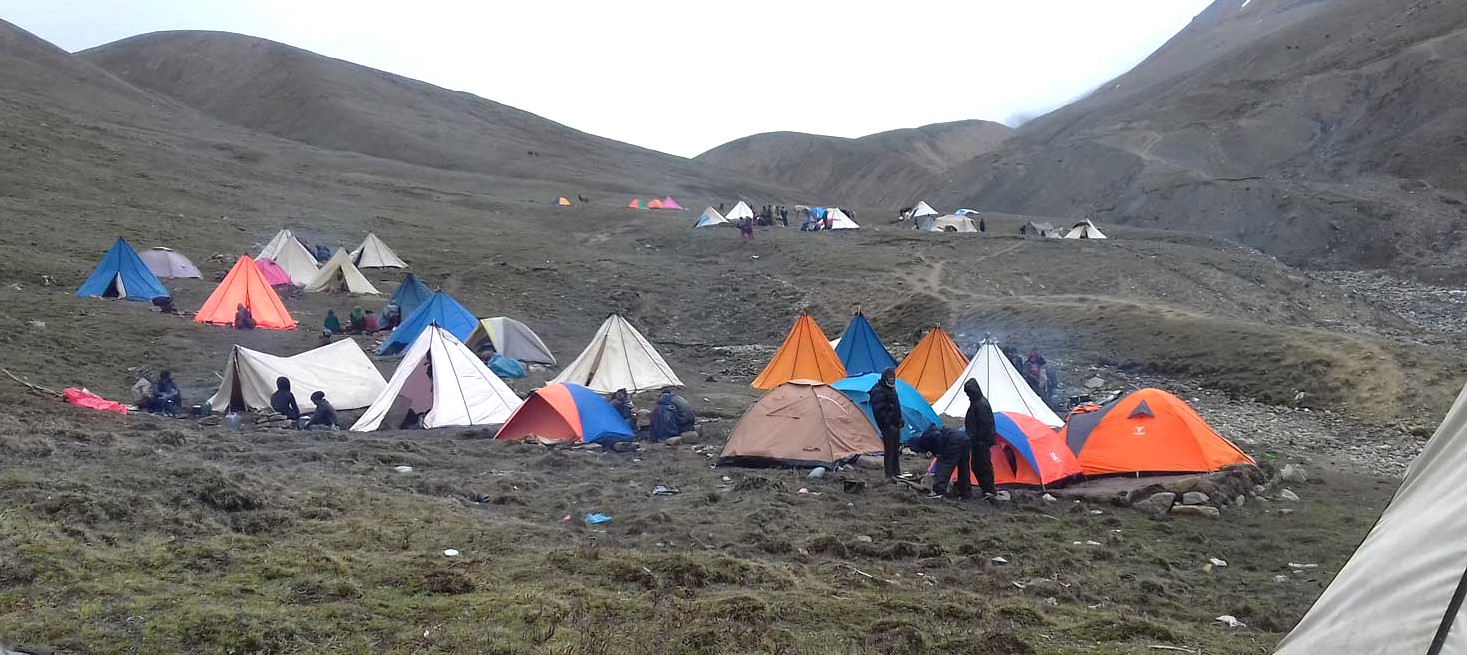
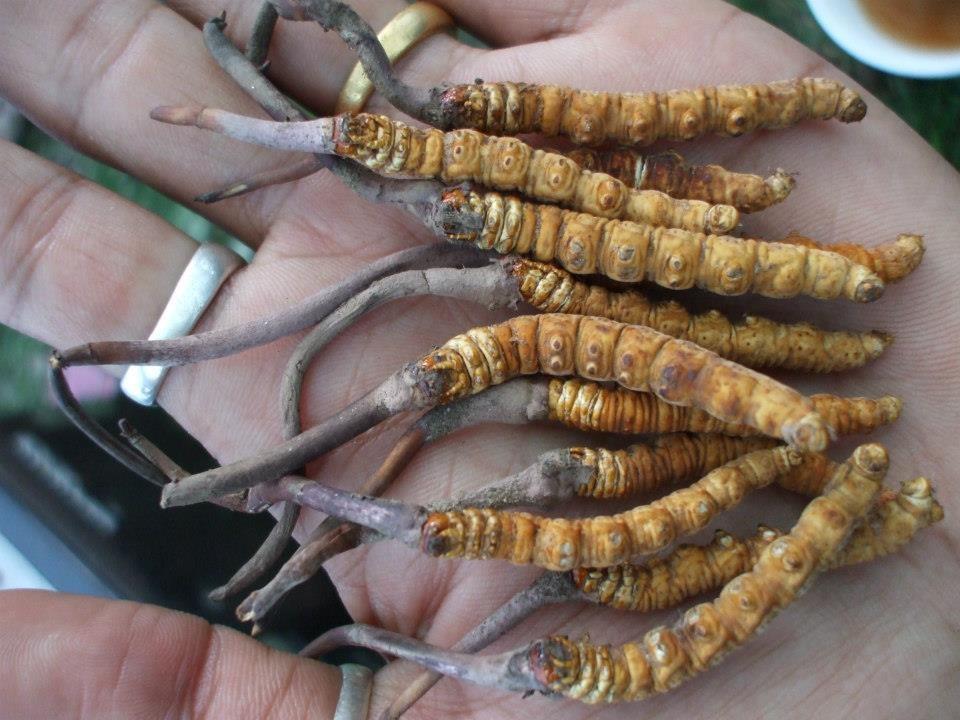
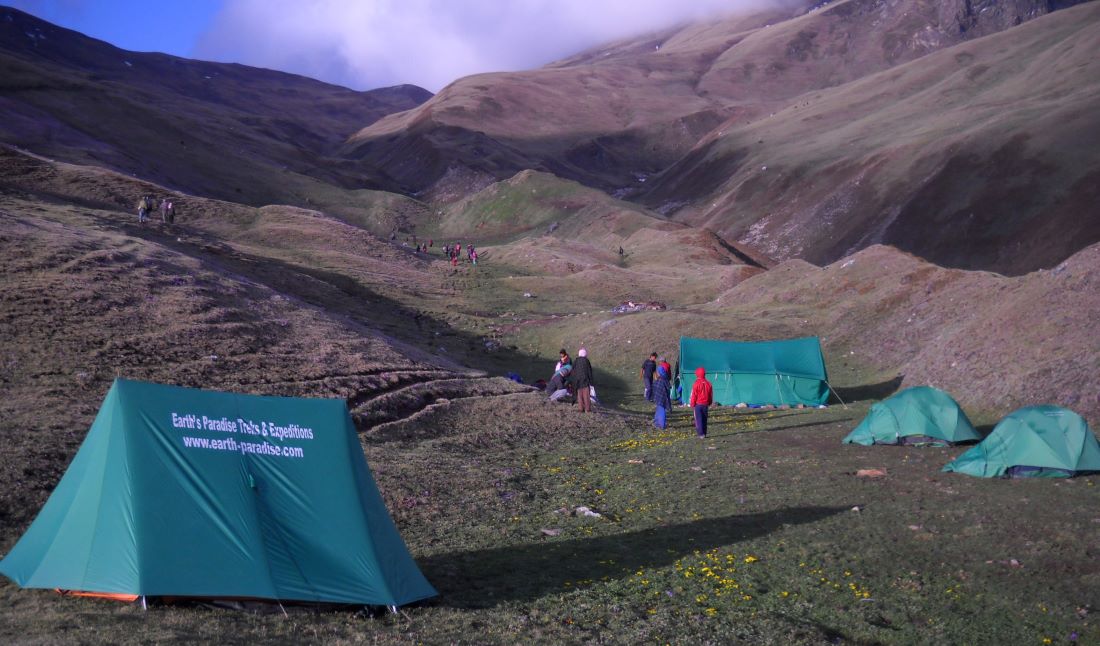
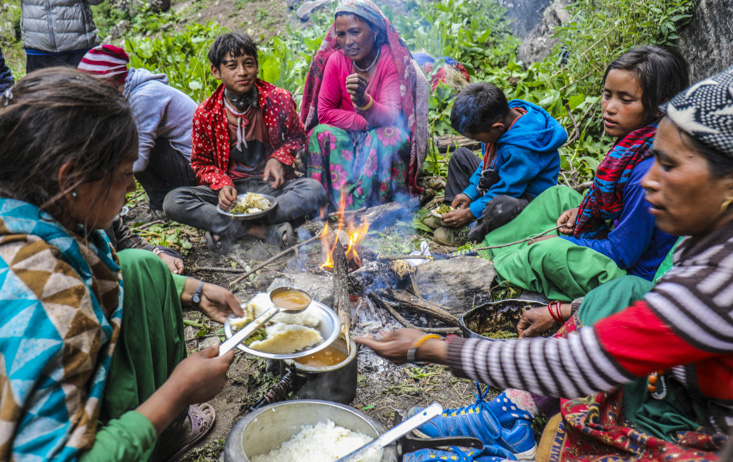
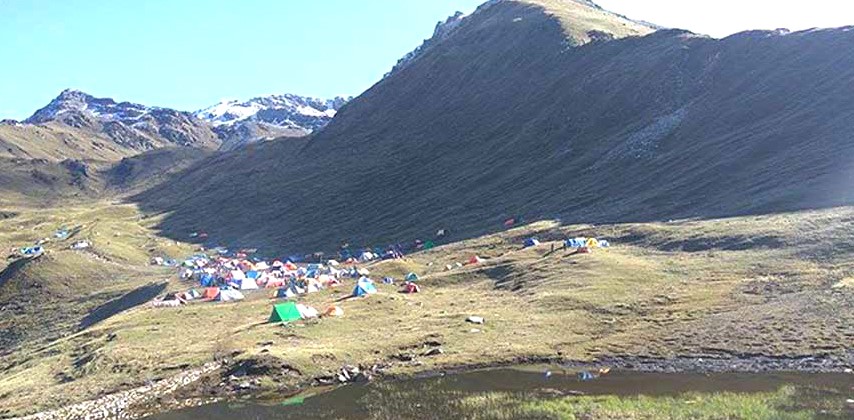
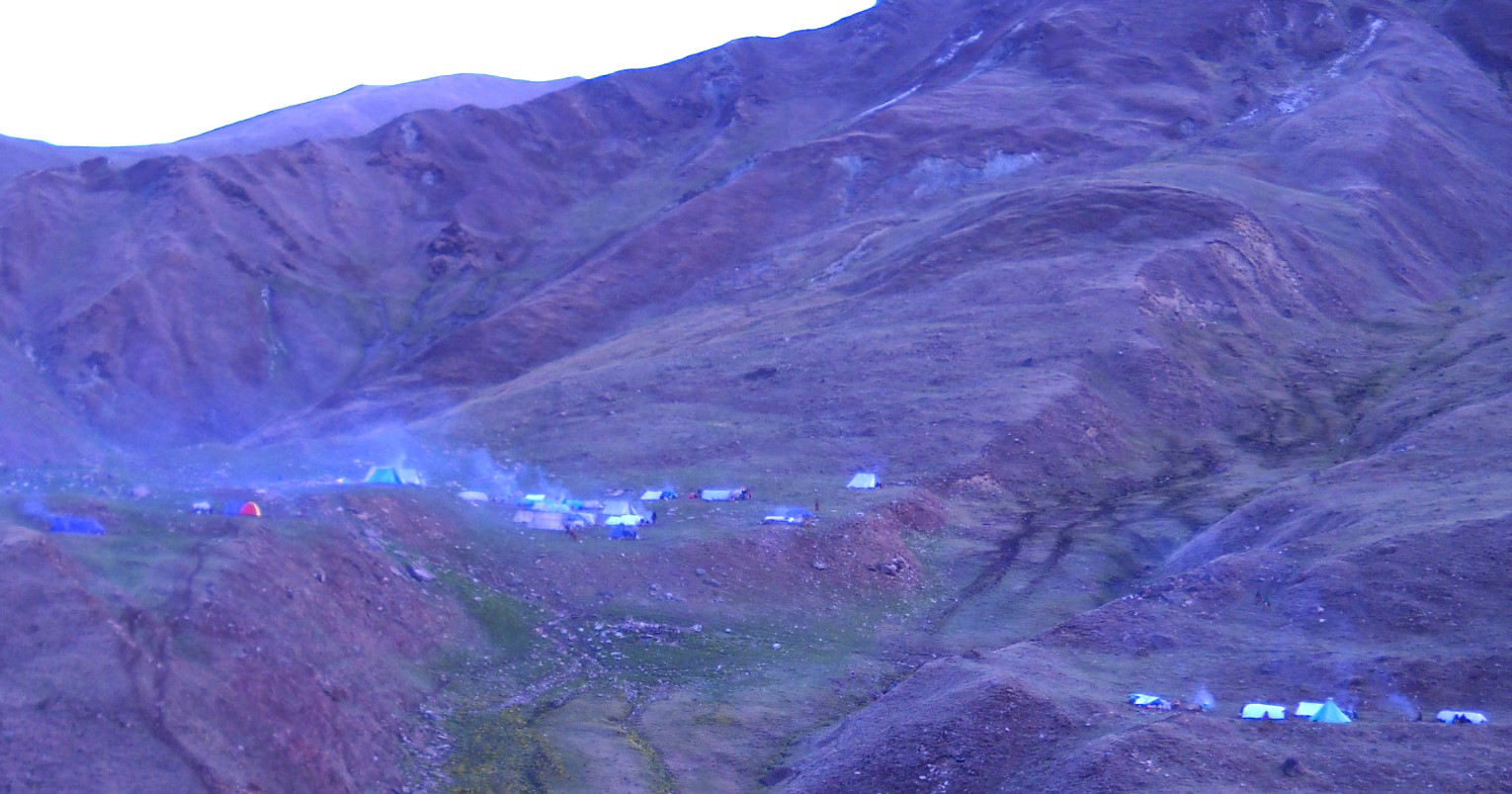
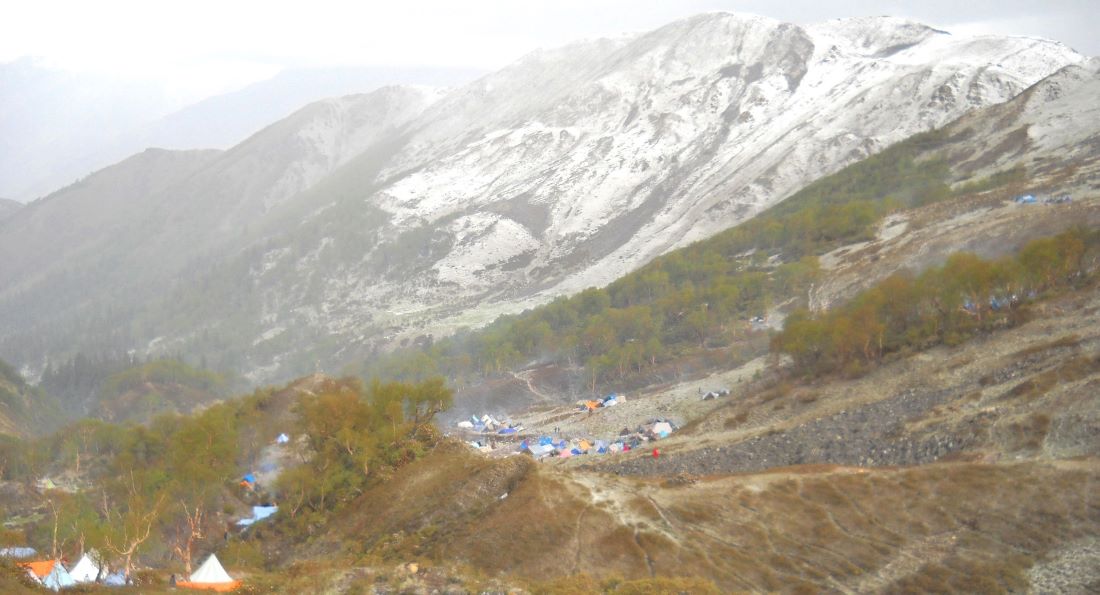
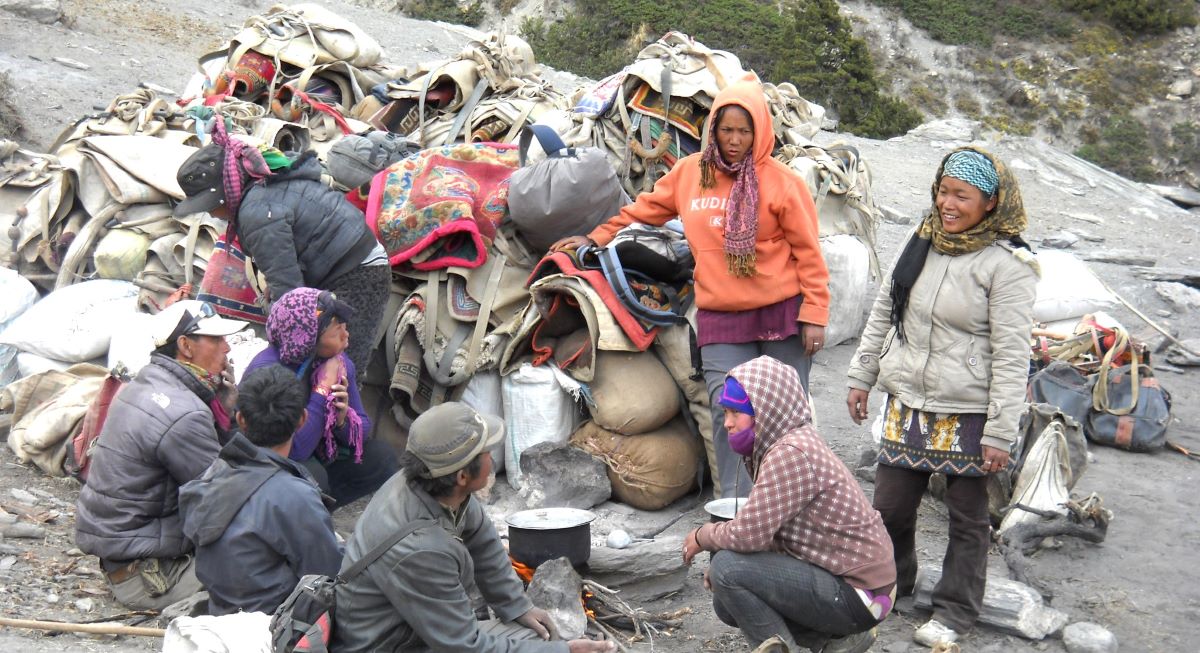
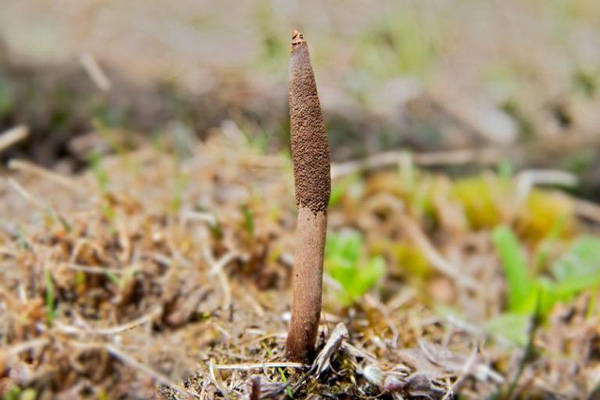
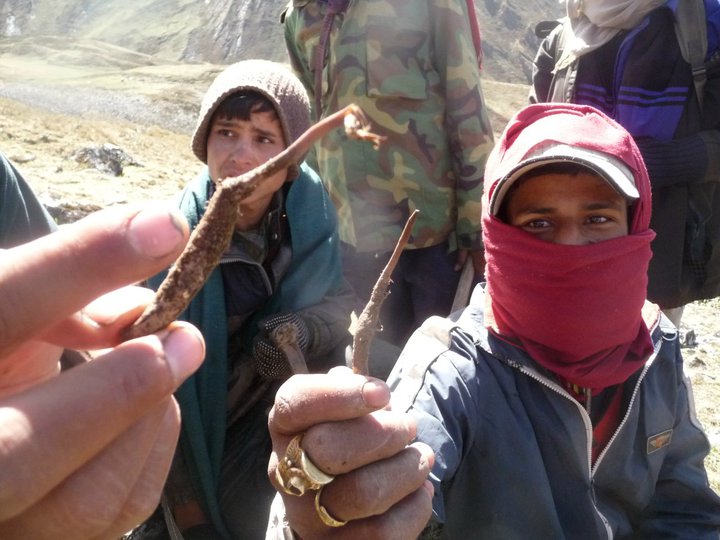
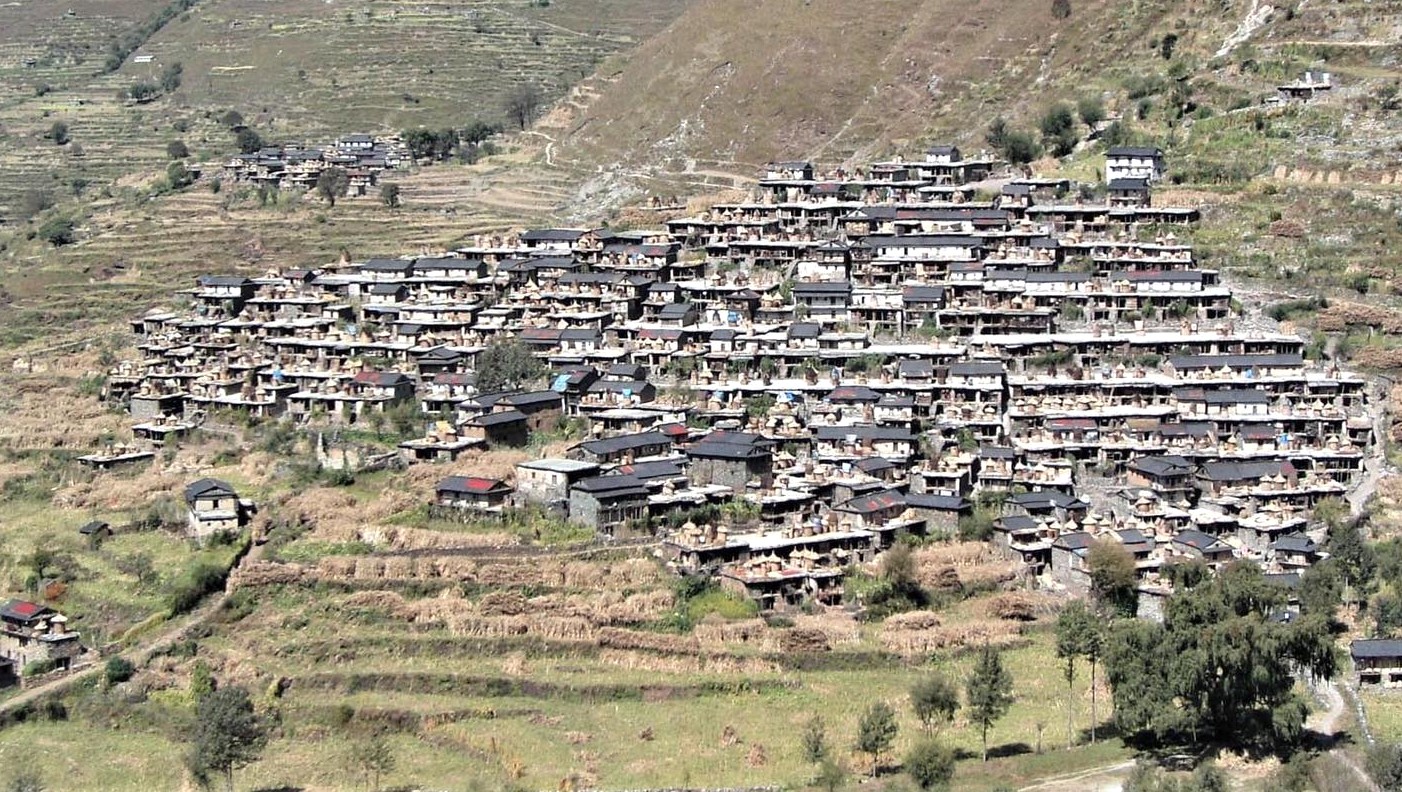
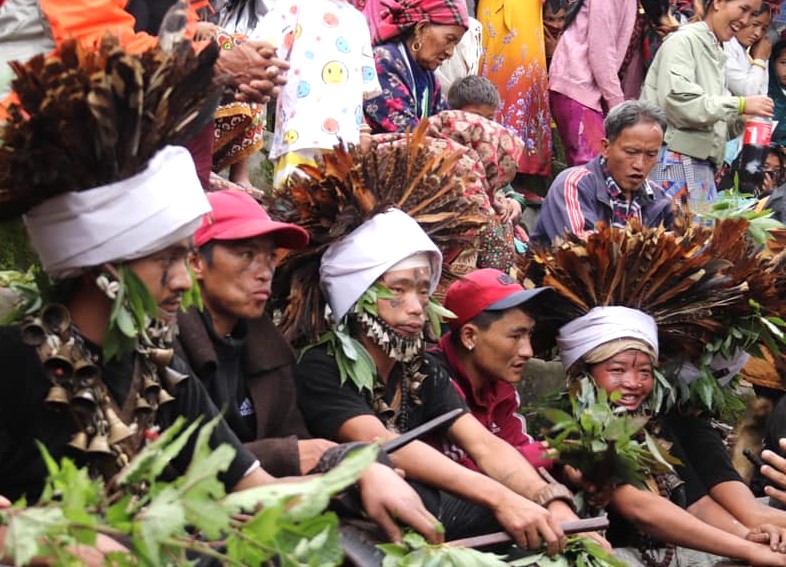
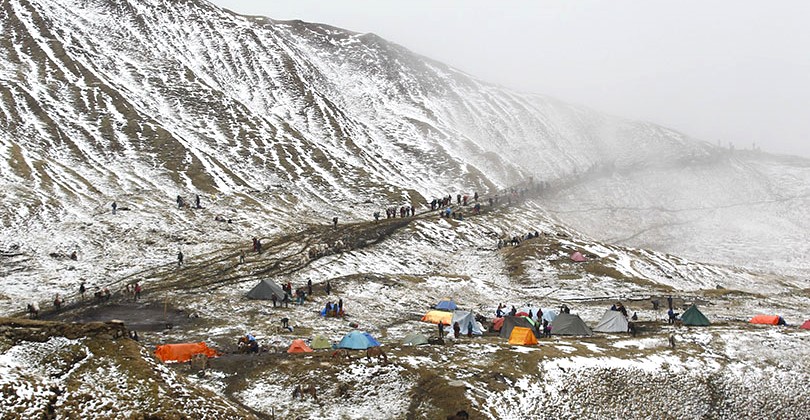
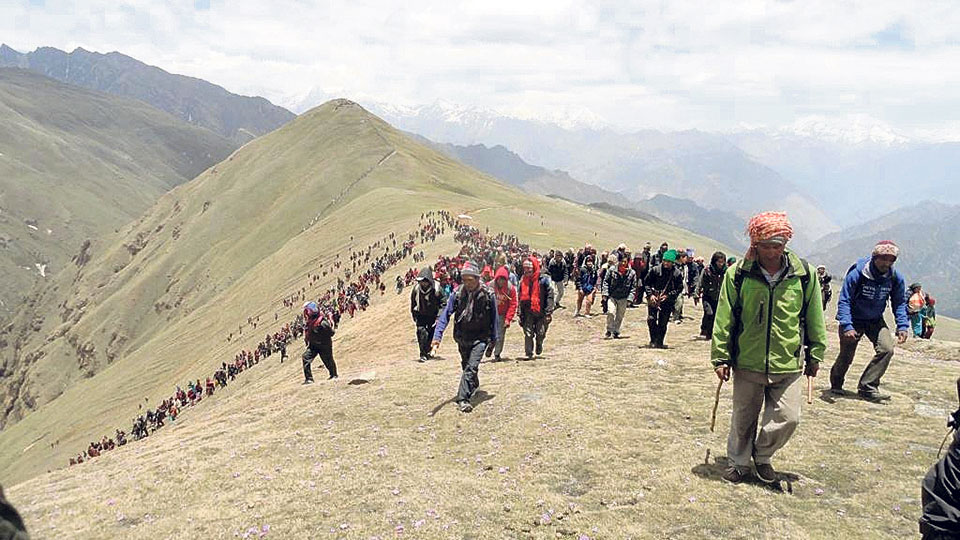
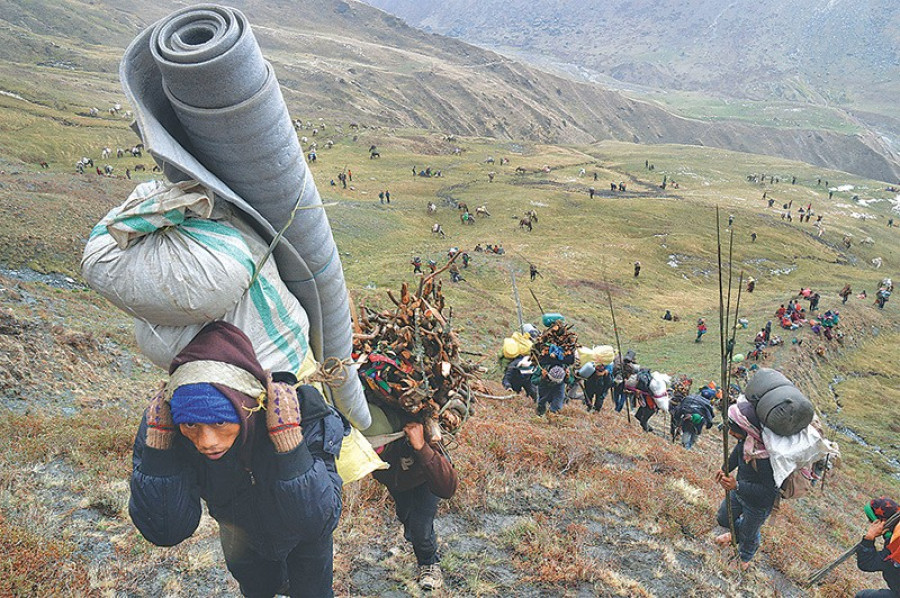
Destination
Activity
Start/End Point
Duration
Grade
Season
Group Size
Hotel/Accomdation
Highest Elevation